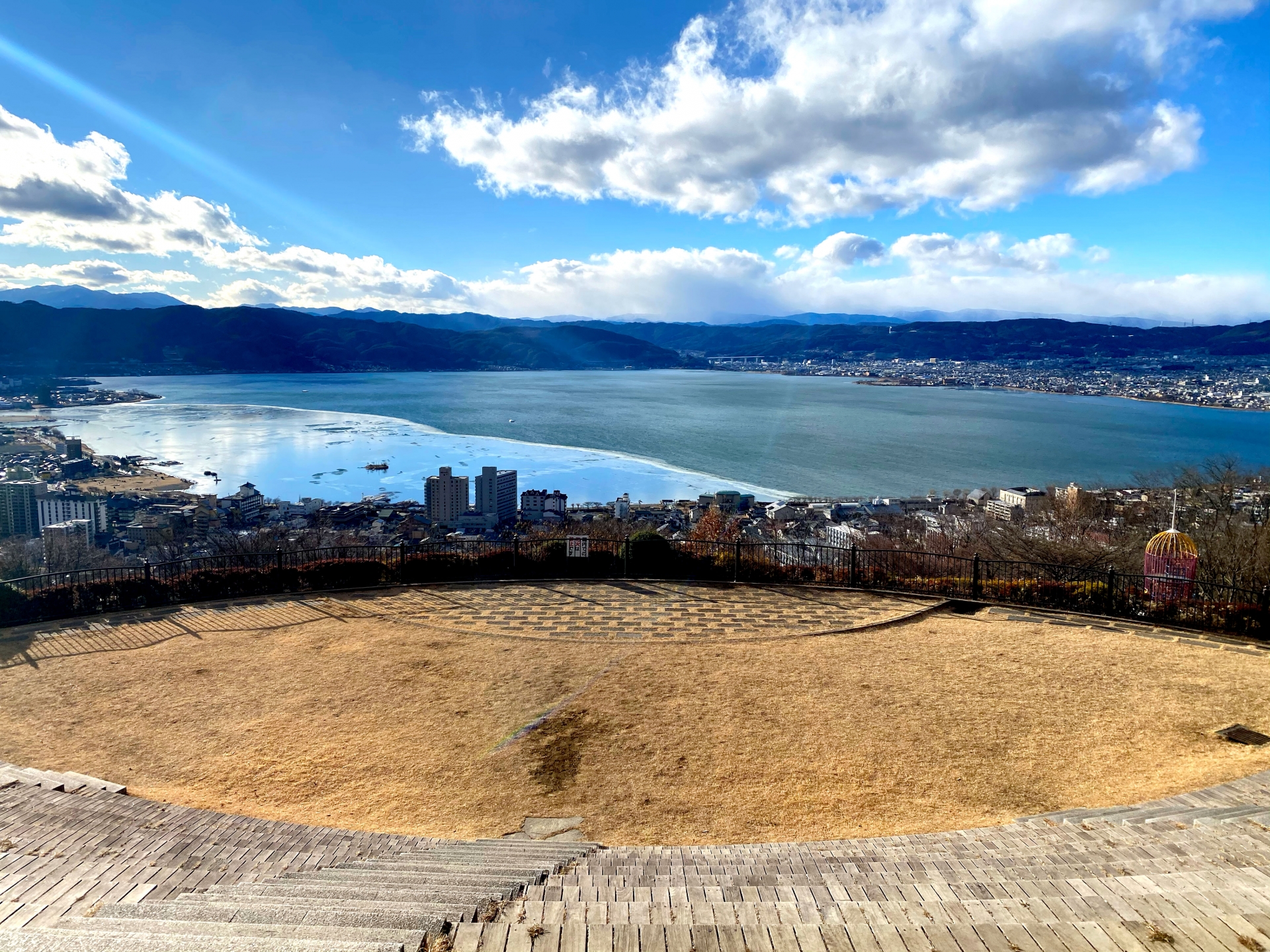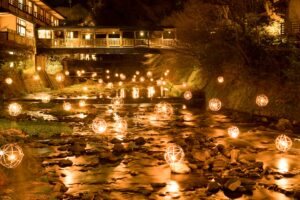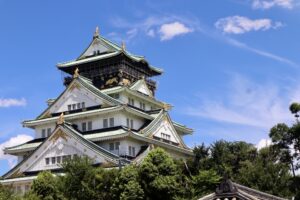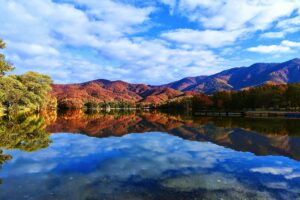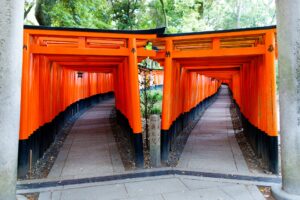Nestled in the heart of Japan’s Nagano Prefecture, Suwa is a charming area known for its rich cultural heritage, breathtaking landscapes, and historical significance. This guide aims to provide a comprehensive overview of what makes Suwa a must-visit destination. From the tranquil beauty of Lake Suwa to the profound spirituality of Suwa Taisha Shrine, the region offers a unique blend of natural wonders and cultural experiences. Whether you’re a first-time visitor or a returning traveler, this guide will help you explore the best of Suwa, ensuring a memorable and enriching experience.
Top Attractions in Suwa, Nagano
Suwa, Nagano, is a treasure trove of attractions that cater to diverse interests. At the heart of the area lies Lake Suwa, the largest lake in Nagano Prefecture, offering picturesque views and a range of recreational activities. For those interested in history and spirituality, the Suwa Taisha Shrine, one of Japan’s oldest shrines, provides a deep dive into ancient rituals and architecture. Visitors can also explore the Kamisuwa Onsen district, renowned for its hot springs that promise relaxation and wellness. Additionally, Suwa houses several museums, including the Kitazawa Museum of Art, which showcases Japanese and European art, and the Suwa City Museum, providing insights into the region’s history and culture.
Exploring Lake Suwa
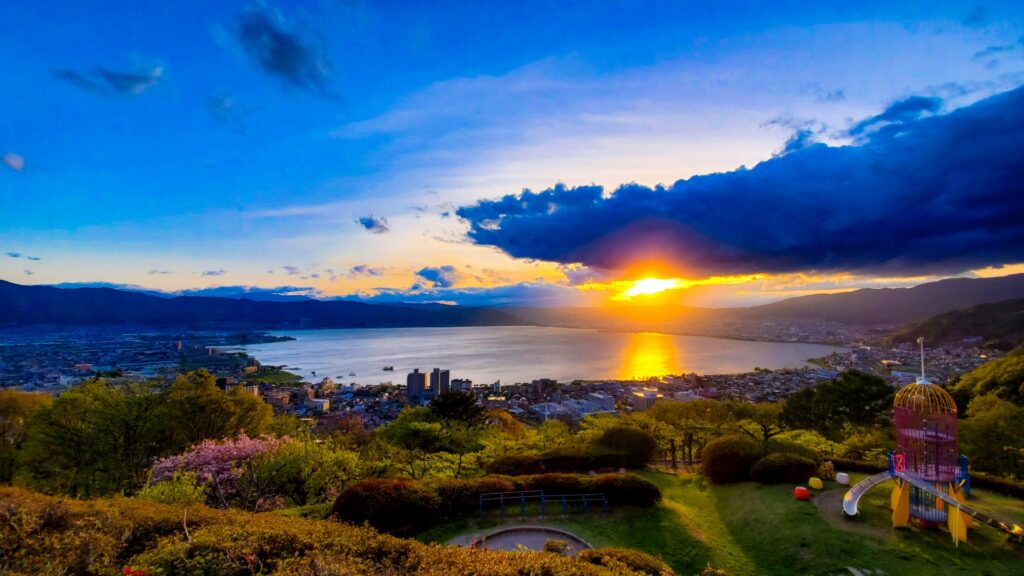
Lake Suwa is a central attraction that captivates visitors with its serene beauty and the range of activities it offers. Sightseeing cruises allow travelers to experience the lake from a unique perspective, while the Suwa Geyser Center provides a chance to witness natural geysers shooting water into the air. For outdoor enthusiasts, the lakeside walking trails offer opportunities to enjoy the scenic views, particularly during the cherry blossom season in spring and the autumn foliage. Seasonal events, such as the Suwa Fireworks Festival in summer, further enhance the lake’s allure, making it a year-round destination.
Cultural Significance of Suwa Taisha Shrine
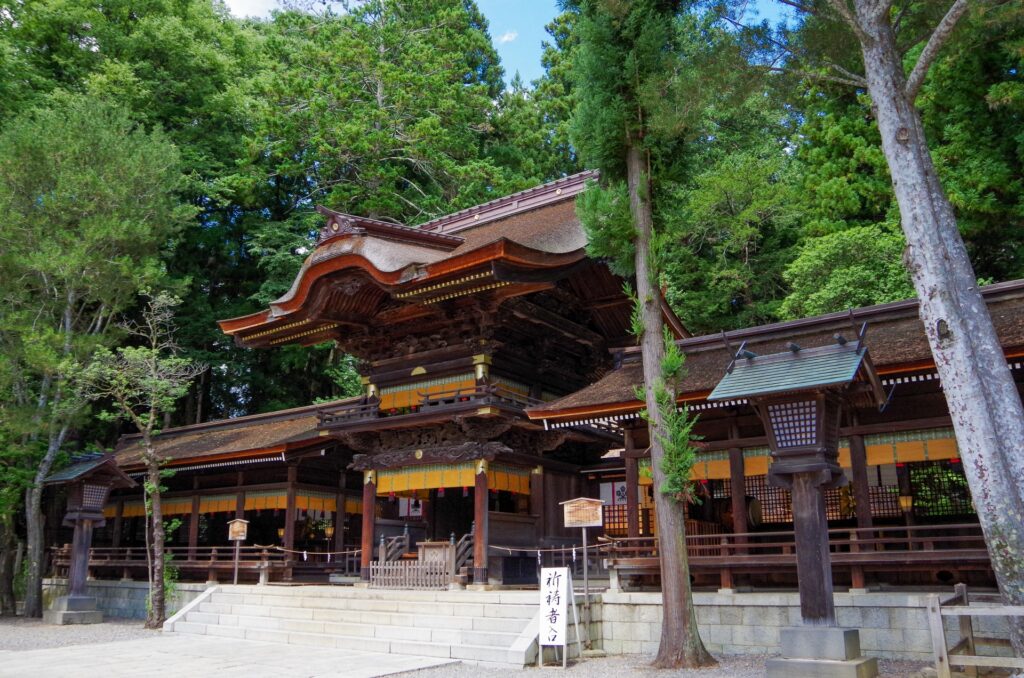
The Suwa Taisha Shrine, or Suwa Grand Shrine, holds a special place in Japanese culture and history. As one of the oldest shrines in Japan, it is dedicated to the god of wind and war, Takeminakata-no-Mikoto. The shrine is known for its unique architecture, which includes the absence of a honden (main building), a feature that sets it apart from other Shinto shrines. Visitors can explore its four main shrines, each offering a glimpse into ancient Shinto practices and rituals. The shrine is also the focal point of the Onbashira Festival, a thrilling event held every six years, where massive logs are carried down from the mountains to the shrine in a display of courage and community spirit.
The Onbashira Festival
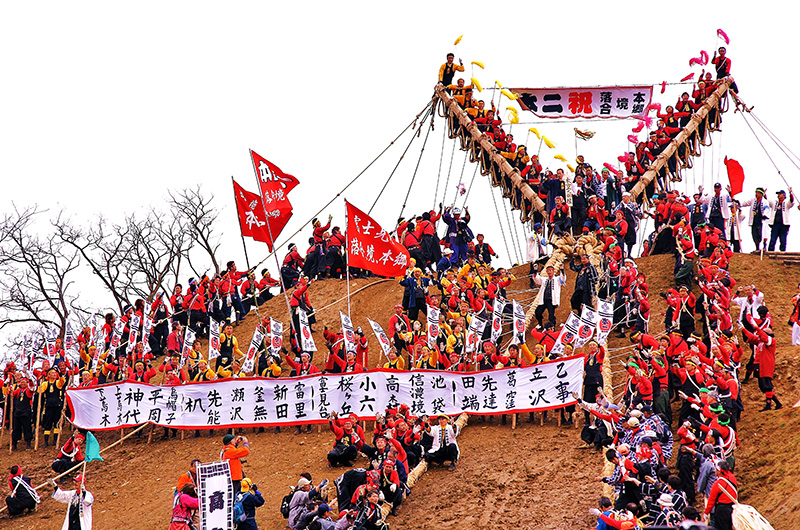
The Onbashira Festival is one of the most famous and ancient festivals in Japan, held to celebrate the rebuilding of the Suwa Taisha Shrine. This event, which dates back over 1,200 years, involves participants riding on massive logs as they are dragged down mountainsides to the shrine. The festival, held every six years, is a significant cultural event that attracts visitors from all over Japan and beyond. It is celebrated in two phases, Yamadashi and Satobiki, each showcasing different aspects of this dramatic and sacred ritual.
Outdoor Activities and Nature Exploration
Suwa offers a variety of outdoor activities that make it an ideal destination for nature lovers. The Yatsugatake Mountains provide excellent hiking trails, with paths suited to both beginners and experienced hikers. Nature enthusiasts can enjoy bird watching at the Yatsugatake-Chushin Kogen Quasi-National Park or cycling around Lake Suwa for a more relaxed outdoor experience. During winter, the region transforms into a hub for snow sports, with nearby ski resorts offering skiing and snowboarding opportunities.
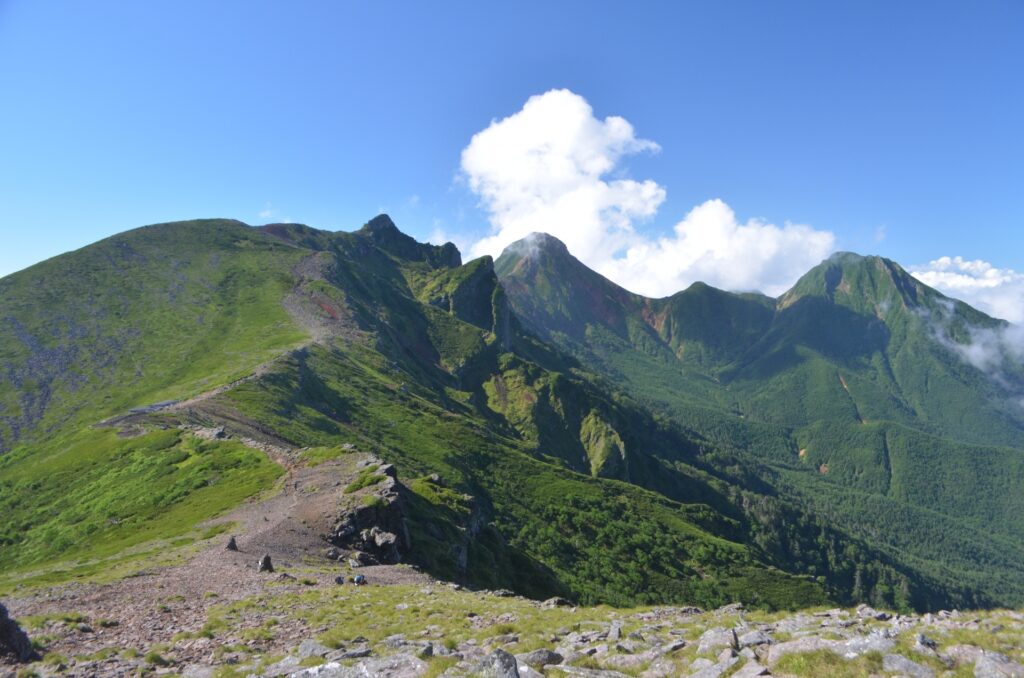
Local Hot Springs and Wellness Retreats
The Kamisuwa Onsen area in Suwa is famous for its hot springs, where visitors can soak in the therapeutic waters while enjoying views of Lake Suwa. These onsen facilities range from public bathhouses to luxurious ryokan (traditional Japanese inns), offering various types of baths, including outdoor rotenburo and foot baths. The mineral-rich waters are known for their healing properties, providing relief from fatigue and promoting relaxation. Wellness retreats in the area combine hot spring experiences with traditional Japanese healing practices, making Suwa a perfect destination for rest and rejuvenation.
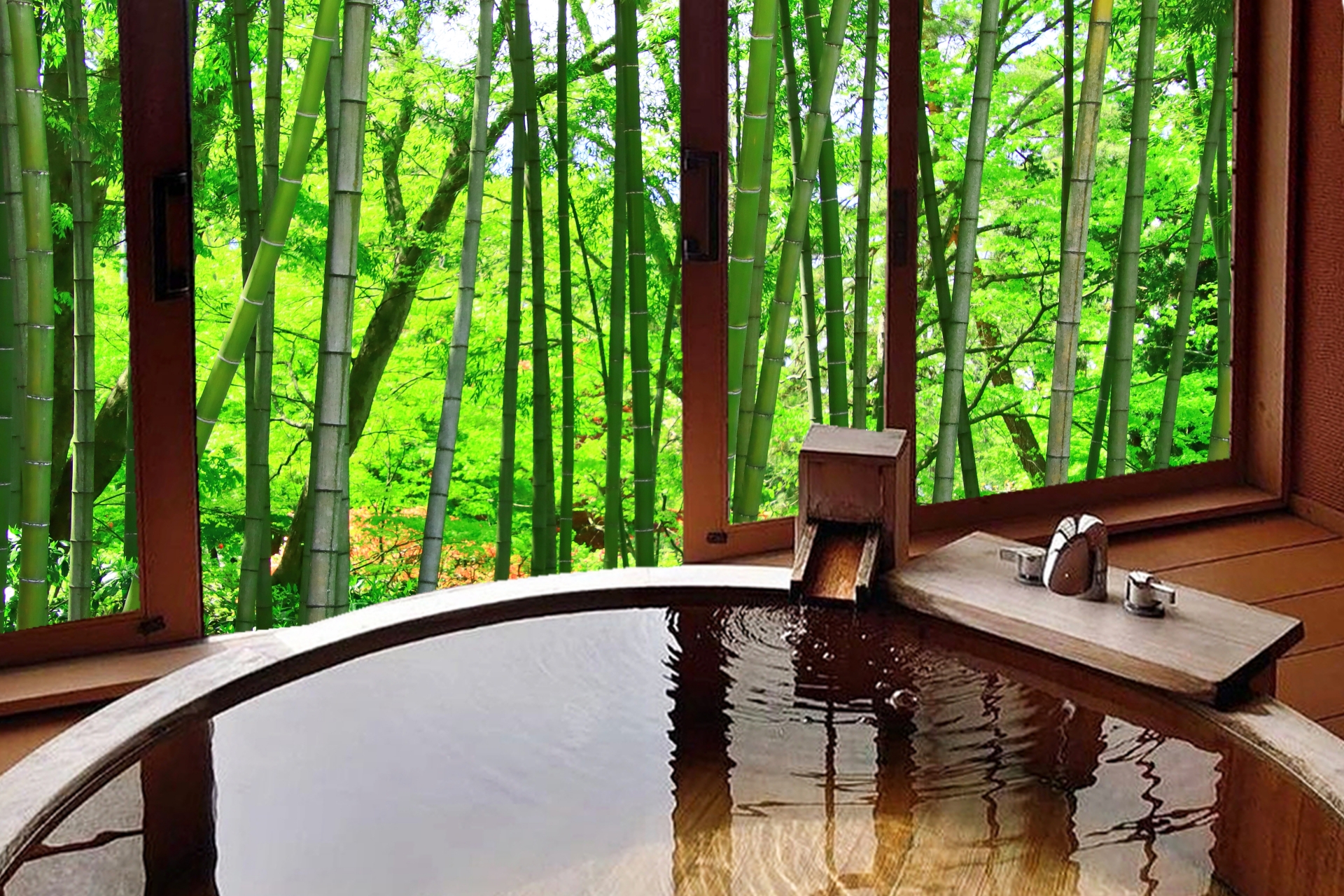
Local Cuisine and Food Experiences
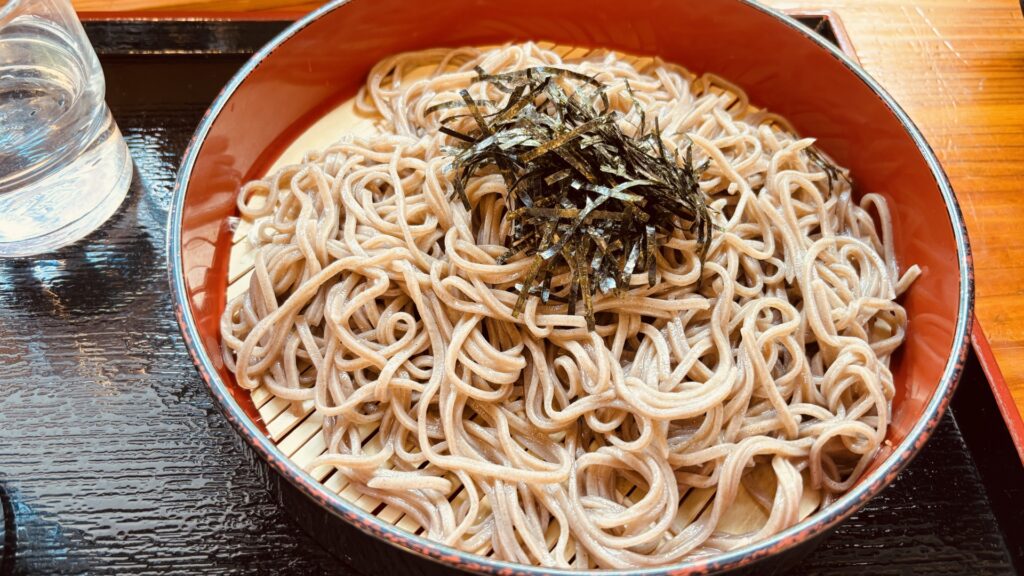
Suwa is not only a cultural and natural haven but also a culinary delight. The region is known for its traditional dishes that highlight local ingredients. Some must-try dishes include Shinshu soba (buckwheat noodles), prepared using water from the region’s mountains, and Gohei-mochi, a rice cake skewered and coated with a miso-based sauce. Suwa is also renowned for its sake, with several breweries offering tours and tastings. The local cuisine reflects the seasonal flavors of Nagano, providing a rich gastronomic experience.
Suwa Sake Breweries
Sake brewing is a significant cultural and economic activity in Suwa, with the area’s cold climate and pure water providing ideal conditions for brewing. Visitors can explore the local breweries, such as the Masumi Sake Brewery, which has been producing sake for over 350 years. Brewery tours offer insights into the traditional brewing process, from rice polishing to fermentation, and include tastings that allow visitors to experience the unique flavors of Suwa sake.
Conclusion
Suwa, Nagano, is a destination that blends natural beauty, cultural heritage, and culinary delights. Whether you are drawn to its historical shrines, the serene environment of Lake Suwa, or the invigorating experience of its hot springs, Suwa offers something for every traveler. By immersing yourself in the rich traditions and landscapes of Suwa, you can enjoy a truly unique and memorable visit to one of Japan’s hidden gems.

